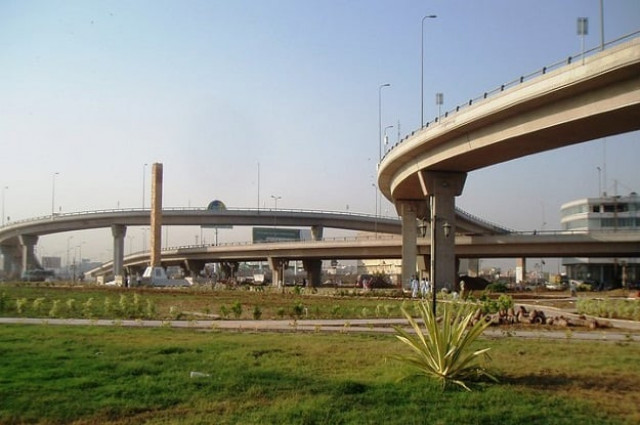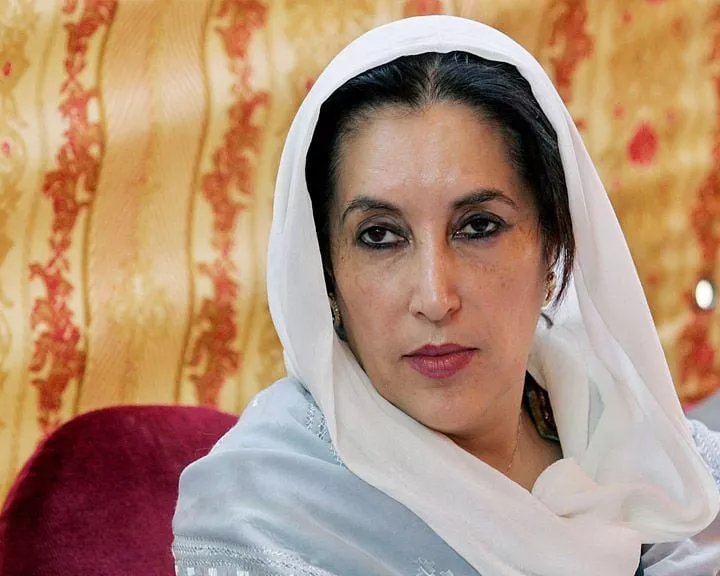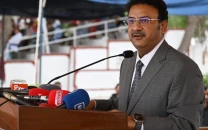Unplanned development: A viable solution or the start of an even bigger problem?
The Korangi Crossing Flyover may cause greater traffic congestion than what it is intended to clear up

The Korangi Crossing Flyover may cause greater traffic congestion than what it is intended to clear up. PHOTO: FACEBOOK
The Karachi Metropolitan Corporation (KMC) has become infamous for constructing flyovers and underpasses in the city without evaluating their aftermath.
An example of this is the Mehmoodabad Flyover, which was constructed in 2010 in front of The City School to ease traffic moving towards the Korangi Express Way from the Baloch Colony Flyover. However, soon after the flyover’s construction, an immense snarl-up started occurring in front of The City School.
Infrastructure development: It’s time to fly over Clifton
The Mehmoodabad traffic section officer, Qadir Dad, told The Express Tribune that the design of the flyover has engineering faults. “The ramp should have been constructed at least 20 feet earlier or The City School’s gate number one should have been moved a few feet inward,” he said. The KMC is all set to repeat this blunder by constructing two flyovers at the Korangi Crossing, one of which would be constructed in front of the Indus Hospital on the road coming from the Nasir Jump to the one leading to the KPT Interchange. The other two-way flyover will be constructed on the road coming from the KPT Interchange towards Ibrahim Hyderi.
“Currently, we have 150 beds and we would most likely expand to more than 1,800 beds,” claimed Dr Akhtar Aziz, one of the founding members of the Indus Hospital, explaining that this means more staff, more patients and more traffic.

Currently, according to him, the hospital receives 1,500 patients daily and at least 150 ambulances. After the expansion, we anticipate 10 times this number of patients and ambulances, he said. With the construction of the flyover, he said, the three-lane road would be turned into a two-lane one, as the flyover’s ramp would be constructed on one lane.
“The KMC’s study on the traffic count for the Korangi Crossing flyover is on the basis of 2004’s statistics,” said Ashar Lodhi, a traffic engineer associated with the Indus Hospital, adding that in 2004, the area was not heavily populated.
Lodhi claimed that in the rest of the world, flyovers and underpasses are constructed after taking the schools, hospitals and other businesses in the area into account. But in Pakistan, he said, there is no such practice.
Proposing a solution to the problem, he said there should be segregated U-turns for ambulances rushing towards the hospital, low-height underpass for pedestrians, as well as special bus ramps for public buses, to prevent the congestion of traffic.
Official version
The chief executive of NAA Consulting Engineers Pvt Ltd, Nadim Ahmad Ansari, questioned, however, why they should consider the Indus Hospital or other businesses before designing the flyover. “The construction of any flyover takes place by taking into account the traffic congestion of the area, not the hospitals or businesses,” he said, adding that they have only used one lane for the flyover’s ramp, which is almost 100 metres from the hospital’s entrance.
On the other hand, KMC’s chief engineer of the project Ibrahim Baloch said that the flyover was being constructed on the main road and the hospital was on the service road. “We will not even touch the service road, the hospital administration need not worry,” he said.
Baloch also explained that initially an underpass was to be constructed at Korangi Crossing, however due to major utility lines, the idea was scrapped. “The cost of relocation of those utility lines was greater than the cost of the underpass itself,” he said.
It’s time to fly over Jam Sadiq bridge
Meanwhile, a KMC official working on the site said that the area was so congested and heavily encroached, that there was hardly any space for the construction of the flyover. According to the official, K-Electric’s extra high tension wires of 132,000 KV also have to be relocated and several illegally constructed buildings have to be destroyed. “The project’s completion time is nine months,” he said, adding that with the ground realities, no one could predict how long it would actually take.
Published in The Express Tribune, November 23rd, 2015.



















COMMENTS
Comments are moderated and generally will be posted if they are on-topic and not abusive.
For more information, please see our Comments FAQ